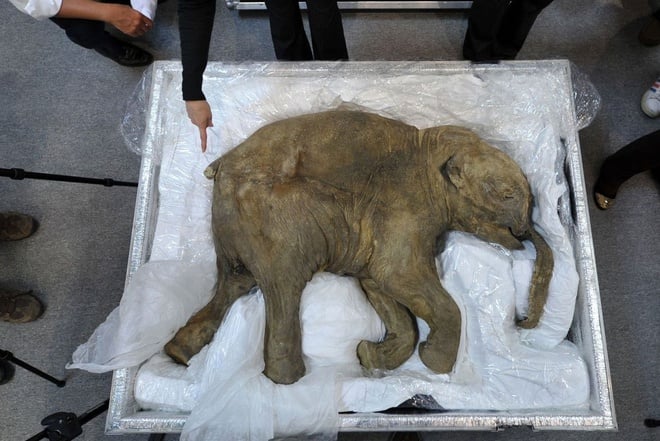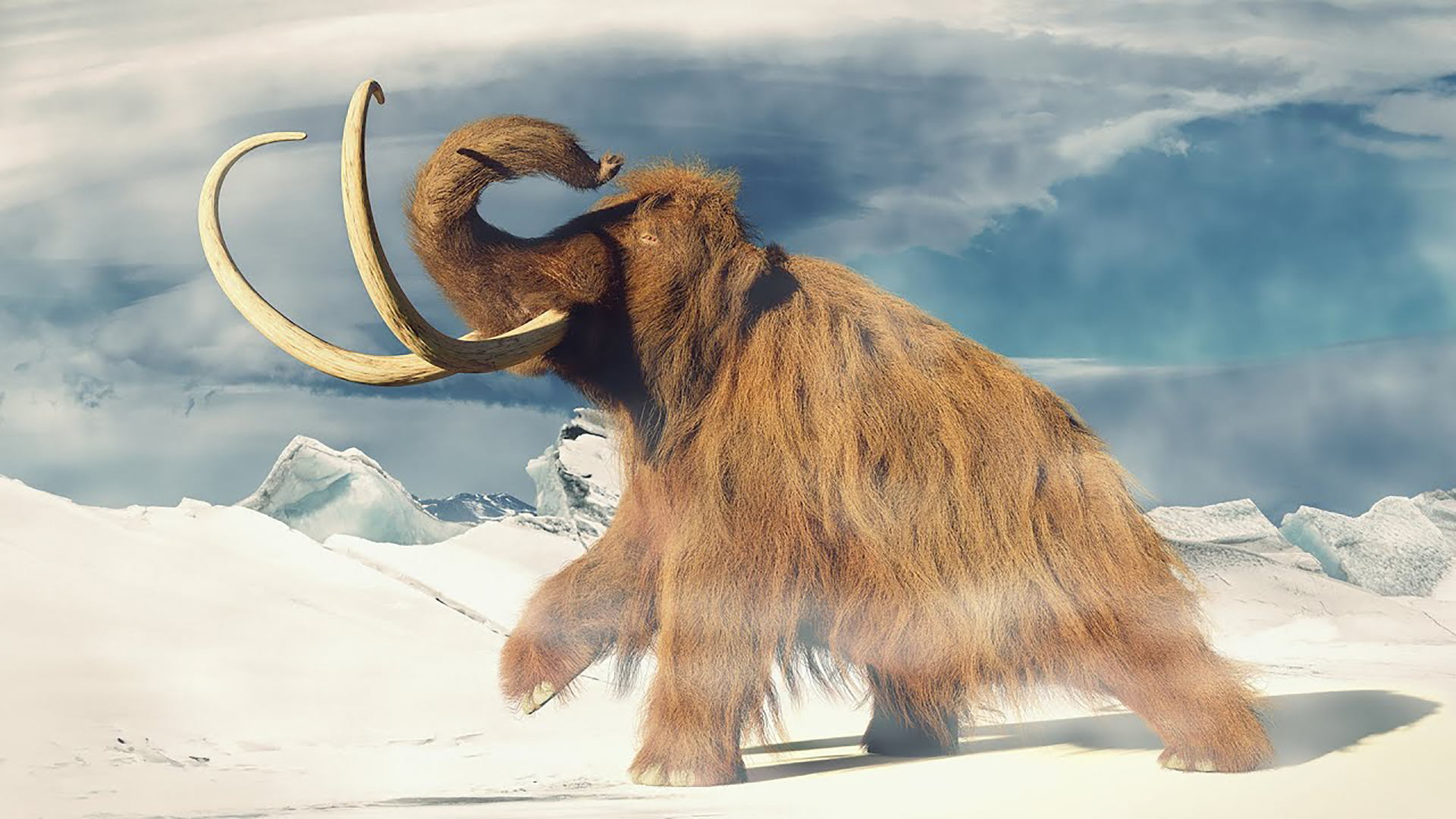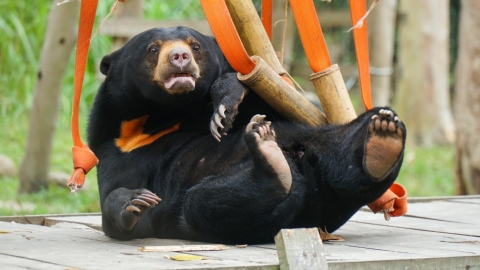Harvard Medical School biologist Dr. George Church leads a team of researchers to create Colossal, a company that aims to revive the woolly mammoth by genetically engineering Asian elephants. Along with an initial investment of $15 million, the scientists will support research at Dr. Church’s lab and conduct experiments at their own labs in Boston and Dallas (USA).
Colossal will use CRISPR gene editing technology to carry out this project. Of course, their goal is not to clone a mammoth using DNA from a mammoth carcass found in the permafrost, but to insert mammoth DNA into the genome of an Asian elephant to breed them. Then they will have thicker fat and fur, be able to resist herpes viruses and withstand Arctic weather.
Researchers hope that in the next few years they will be able to create embryos of baby elephants that resemble mammoths, and eventually create a population of the animals and return them to the place where they lived more than 4,000 years ago.

According to Colossal research, Asian elephants and woolly mammoths have 99.6% similar DNA structures.
Today, the Asian elephant is one of the most endangered species and is the subject of many conservation policies. The Mammoth Resurrection Project is hoped to create a new home for the hybrid elephant between the mammoth and the Asian elephant - in vast and less human-involved areas such as Northern Canada, Alaska and Siberia.
The idea first came to light in 2013, when Dr. Church briefly outlined it at a National Geographic Society conference. At the time, researchers were learning how to reconstruct the genomes of extinct species using fragments of DNA from fossils. They could identify genetic differences between ancient animals and their modern relatives, and then figure out how to alter their DNA.

A model of a mammoth is on display at a museum in France.
Aside from the scientific explanations, Dr. Church also explained that resurrecting the mammoth could provide an optimistic direction for the Earth in the face of climate change and global warming. Today, the tundra of Siberia and North America - where the animal once lived - is warming rapidly and releasing large amounts of carbon dioxide.
Russian ecologists have released bison and other animals into a Siberian reserve in the hope of turning the tundra back into grassland. But mammoths may be able to do it faster than other animals. The restored grasslands will keep the soil from melting and eroding, help trap carbon dioxide, and, crucially, cool the ecosystem, thereby reducing the release of methane gas trapped deep in the permafrost – one of the causes of global warming.

The fossil of the baby mammoth Lyuba, dated 42,000 years old, was found in a thick layer of ice in the Yuribei River in Siberia (Russia) in 2007.
Colossal has encountered many difficulties with its project to bring the mammoth back to Earth. One of the obstacles is that they do not have an artificial womb - something that can grow a 90 kg elephant fetus for nearly 2 years. In addition, they have encountered skepticism about the feasibility and ethics of carrying out the project. Many people have opposed this project because they do not believe that resurrecting the mammoth will make the Earth a better place.
On the contrary, many people have supported Colossal because of the goal they bring to the endangered ecosystem in the Arctic in particular and the planet in general. If the project implementation process goes smoothly, the mammoths will be able to return to Earth in as little as 6 years.






























